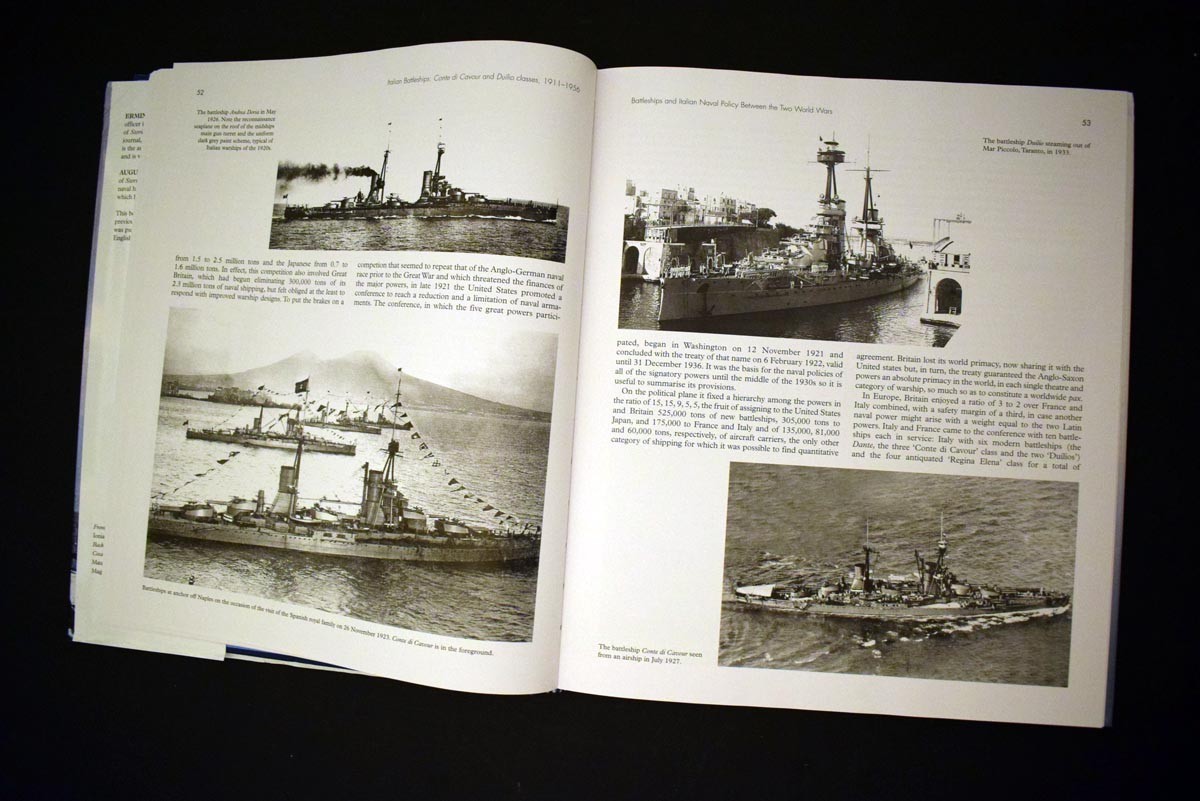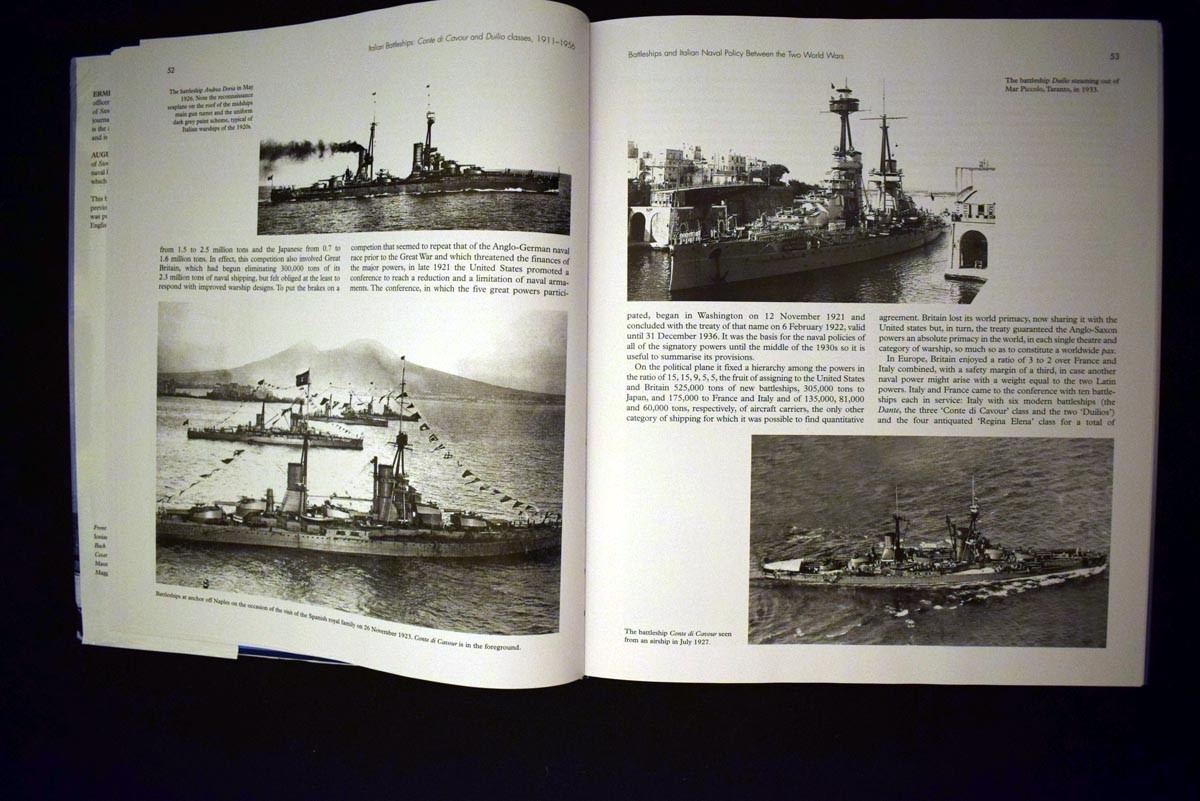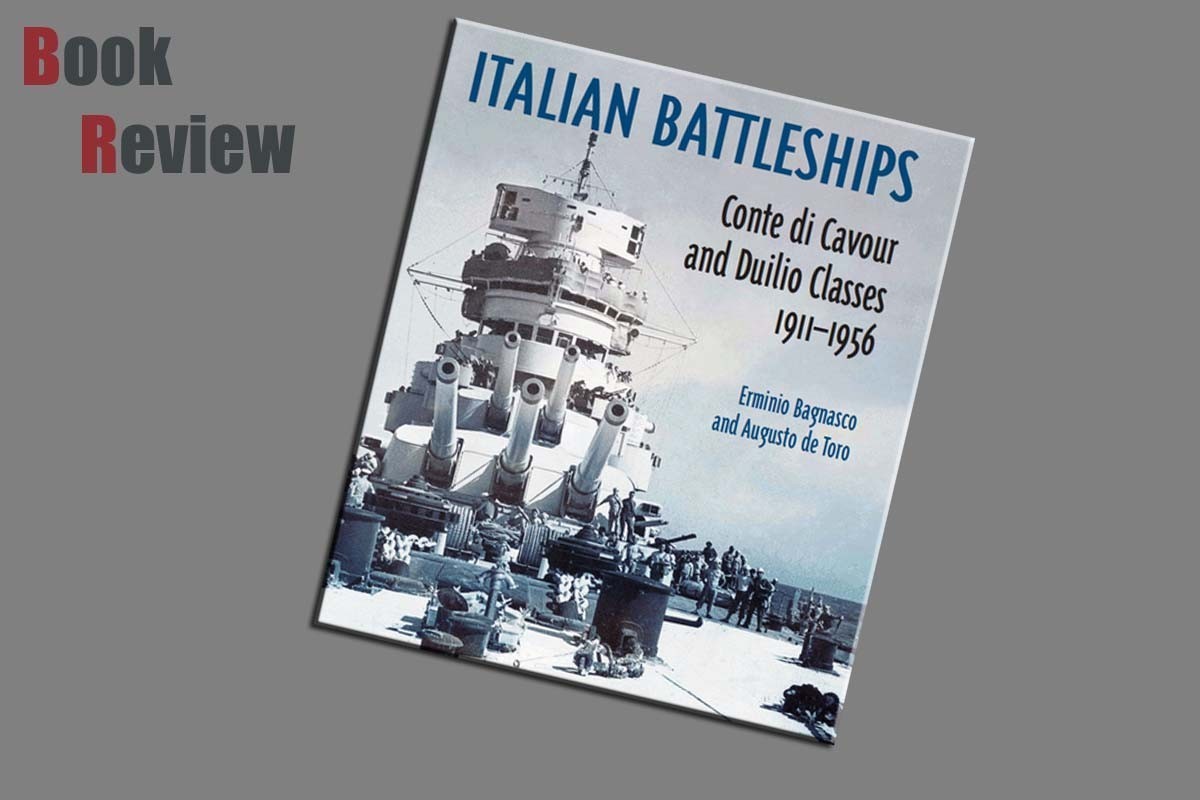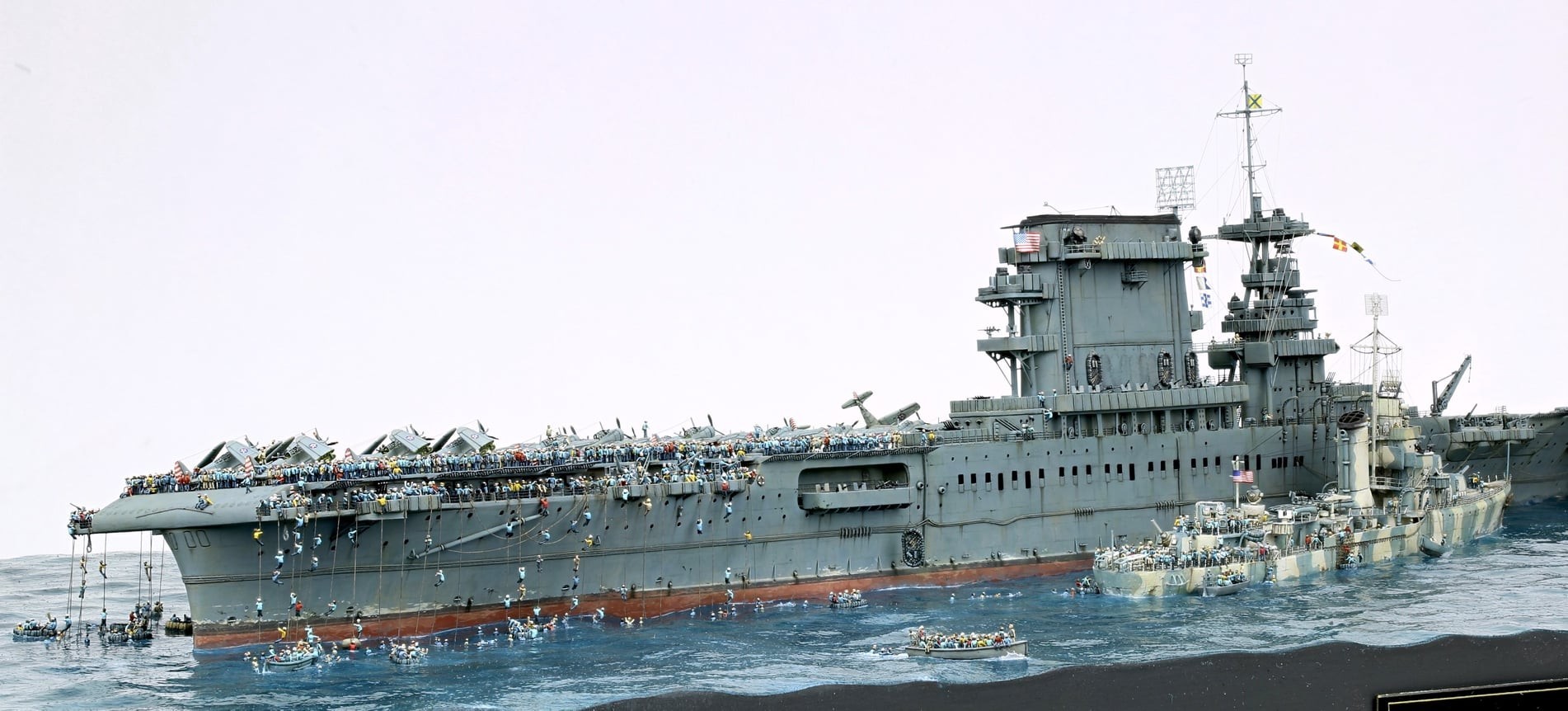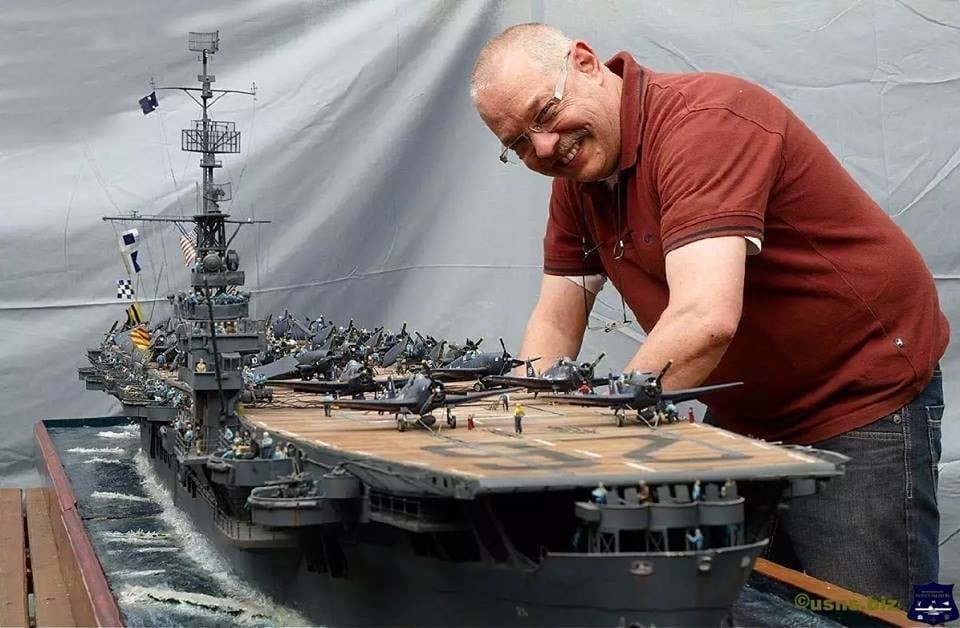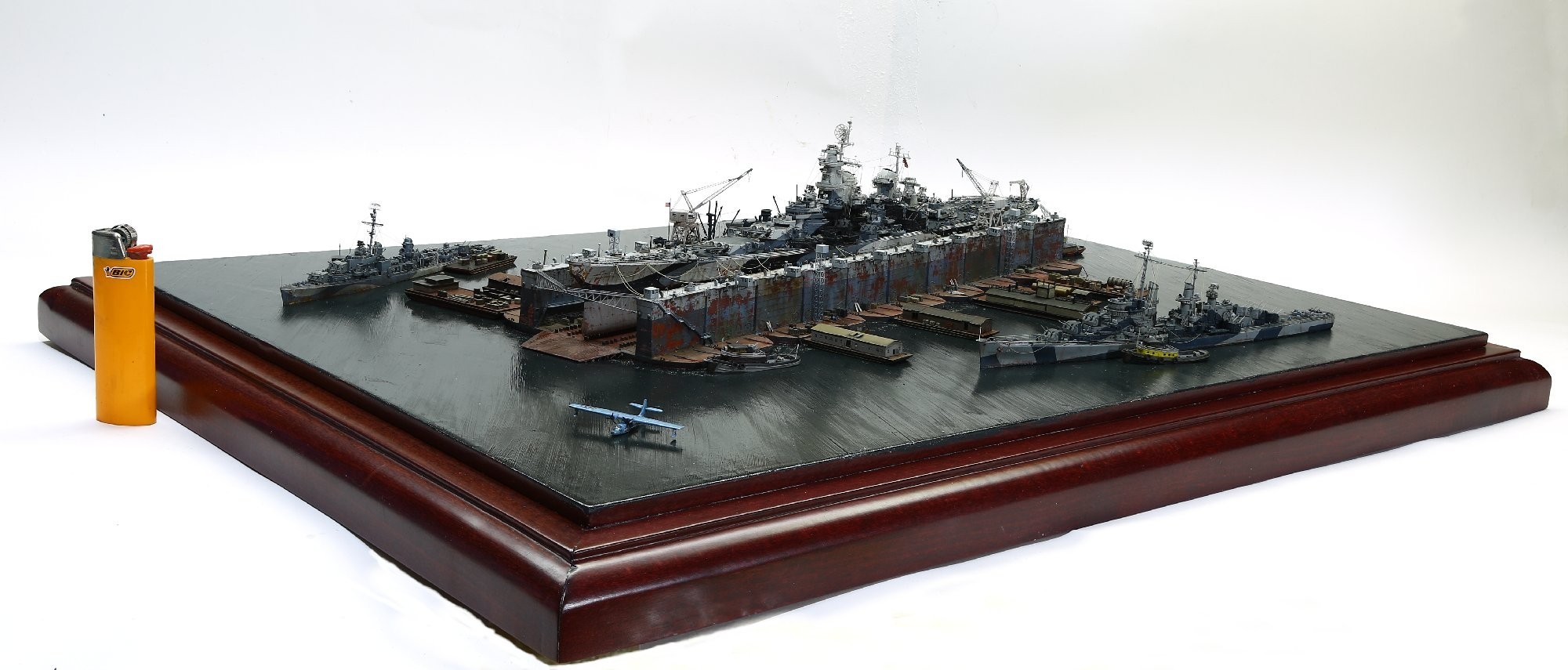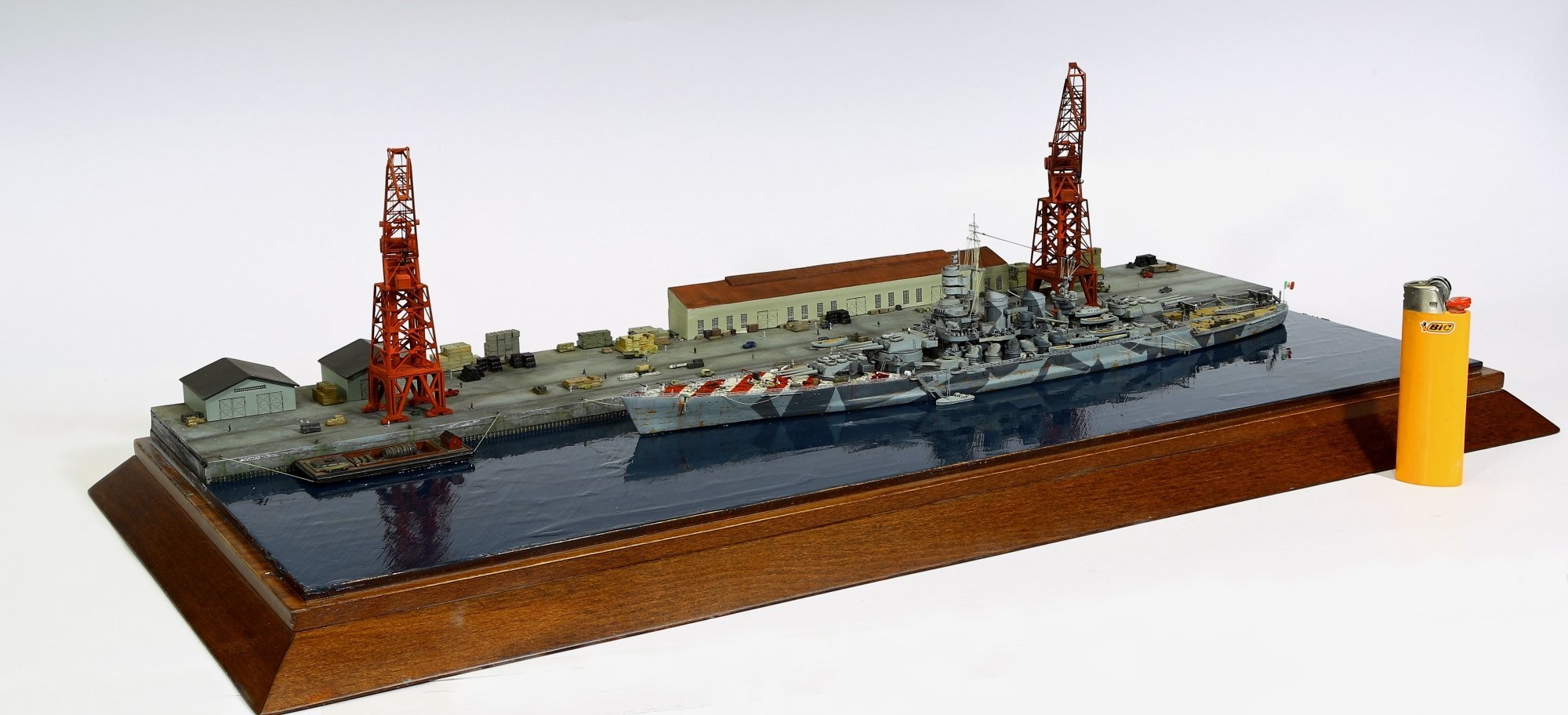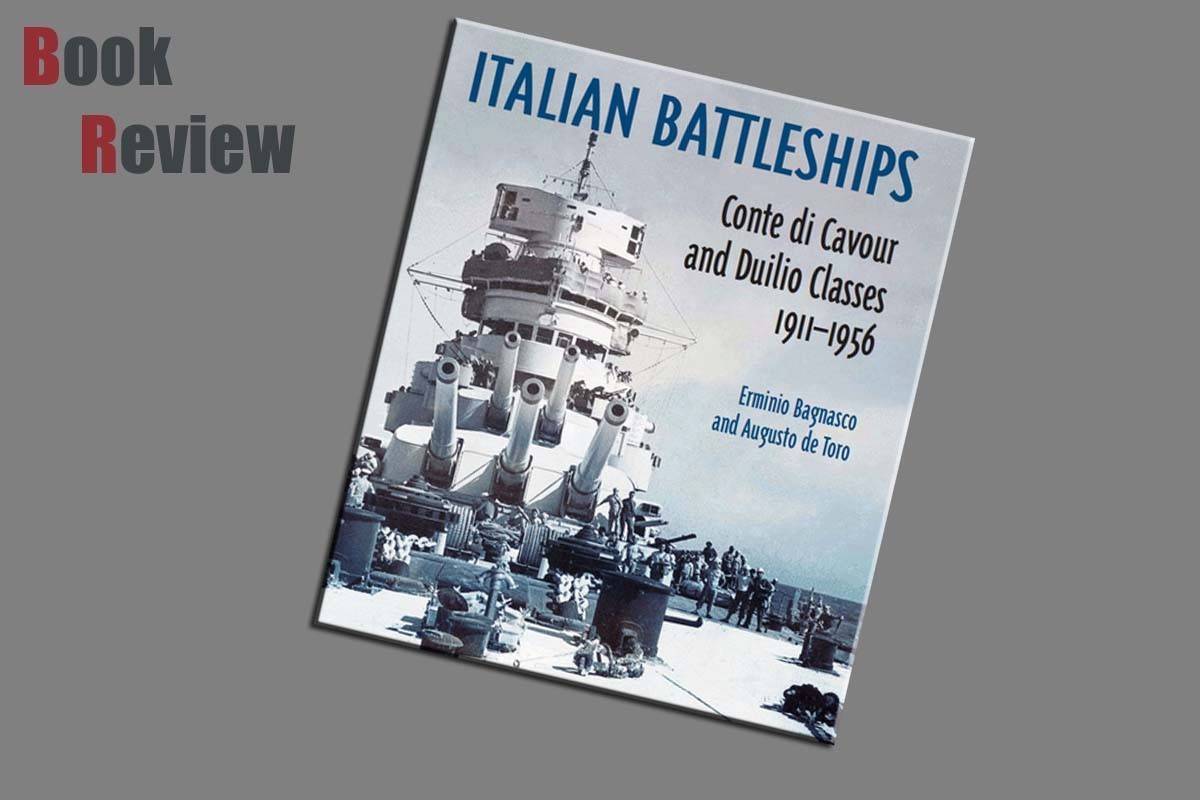
Introduction
The following introduction is as provided by Pen and Sword.
With the publication of their previous book on the battleships of the Littorio class, the authors set new standards for the detailed coverage and sophisticated analysis of Italian warship design. Inspired by its success, both critically and commercially, the authors were inspired to follow up with a similar study of the earlier Italian battleships that were built in the First World War but survived to fight in the Second. Given the level of new research required, this has taken a decade to achieve but the result is a similarly comprehensive coverage.
Originally comprising five ships in two related classes, they entered service at the beginning of the Great War. As designed, they were powerful examples of the second generation of dreadnoughts, with a combination of twin and triple turrets producing a unique main armament of thirteen 12-inch guns. One ship, Leonardo da Vinci, was sunk by an internal explosion at Taranto in 1916, and although the hull was raised post-war, the plan to rebuild the ship was abandoned as it was not deemed cost-effective.
However, the remaining four ships were to undergo one of the most radical reconstructions of any battleship class during the 1930s, emerging with an entirely new profile, more powerful machinery and all the characteristics of a modern fast battleship. In this form they became an important element in the Italian fleet that opposed the British after 1940. This book covers all the technical details of the ships, both as built and as rebuilt, but also provides an extended history of their active service, including battle plans and track charts.
Thoroughly illustrated with photographs, ship and armament plans, detail drawings and colour camouflage schemes, the book is a fitting companion to The Littorio Class.
Review
This offering from Seaforth Publishing covers the Italian battleships of the early 20th century, and the alterations made to these First world war vessels in order so they could hold their own in WWII and serve into the mid 1950s. The authors of this offering are Ermino Bagnasco and Augusto De Toro. This is a hard backed book, containing 280 pages of a heavy stock matt paper that is stitched into the cover. The contents of the title are as follows:
Preface
Introduction
The Dreadnought in Italy: From Cuniberti’s concept to the Caracciolo Class
Design, Original characteristics and building of the Conte Di Covour and Duilio Class battleships
Technical description of the Conte Di Covour and Duilio classes
Battleships and Italian Naval Policy - Between the two world wars
Designs and Re-construction of the battleships of the Conte Di Covour and Duilio classes
Technical description on the Modernised Conte Di Covour Class battleships
Careers of the Conti Di Covour class between 1937 and 1940
Technical Description of the modernised Duilio class battleships - War time careers
From the Initiation of Hostilities to the Beginning of war against Greece (November 1940)
From the night of Taranto to the bombardment of Genoa (November 1940 - February 1941)
The Italian Battleships in defence of Convoys to Libya (Winter 1941-1942)
Inactivity of the smaller battleships from Spring of 1942 to 8th September 1943
From the Armistice to scrapping of the Duilios
Raising, Second modernisation and loss of the Conte Di Cavour (1940-1945)
Comparisons and conclusions
The authors of this release from Seaforth Publishing, have provided the reader with a well written book, looking at the Conti Di Cavour and Duilio classes of battleship that were top of the line during WWI, but needed changes made to keep them current in WWII and beyond. The text itself uses a good font and size to make for ease of reading, and the progression is presented in a logical manner, that does not confuse the reader. The book itself is thankfully not an all written affair and the authors have gone into depth by providing schematics, and photographs of the vessels as a whole, and specific aspects of them.
The photographs in the title are all black and white offerings that are of a good quality that enables the viewer to pick out details on the vessels. The authors have provided well written captions in many cases that add context to the photographs, with images of the Conti Di Cavour resting on the seabed with her superstructure above water - having sunk after being torpedoed, being particularly eye catching. The schematics in the book for me provided a great level of detail, when looking at areas such as gun turrets, and vessel sections which cannot easily be explained in any other way due to their sheer size. A nice inclusion by the authors is some side on views, presented to the reader as artist representations of vessels in various camouflage schemes, that will give the modeller some ideas for finishing a number of builds they may take on.
Conclusion
Italian battleships from my experience do not get much in the way of cover, and so this offering from Seaforth Publishing provides the reader with a good look at how vessels from the first war were brought up together to take part in the second. The combination of the written word, schematics, photographs and artists prints all in one place provides a concise look at these battleship classes.
